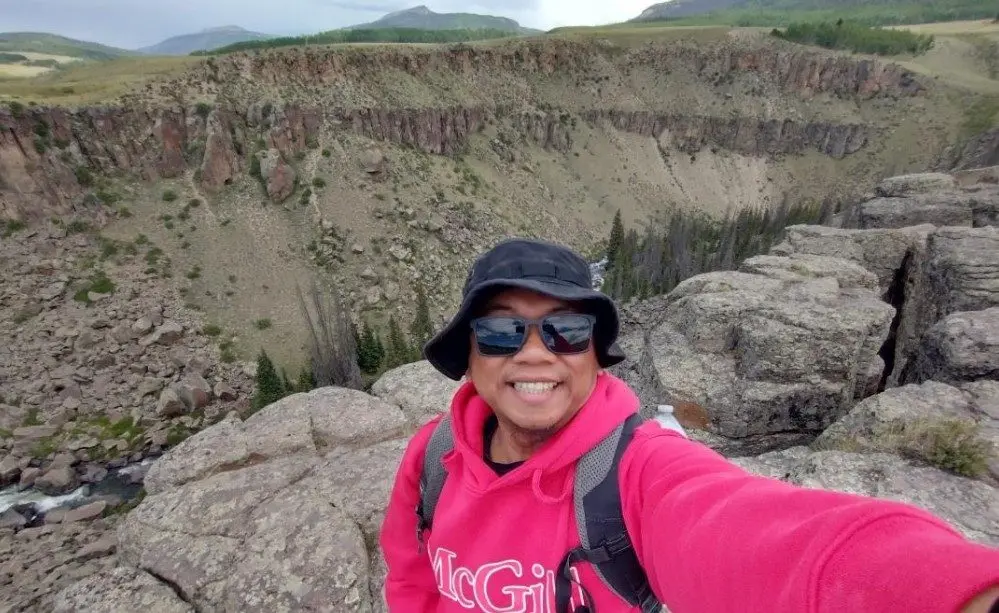Dr. Bari Hanafi
Rock salt, best known as table salt, can also behave like a slow-moving liquid deep underground, shaping landscapes and influencing energy exploration.
Dr. Bari Hanafi, assistant professor of geology at the University of Arkansas at Little Rock, will discuss the phenomenon in a presentation titled “Rock Salt: Studying Squeezy Rocks” at the Spring River Gem & Mineral Club’s meeting at 10 a.m. on Friday, Oct. 3, at the Thunderbird Center, 62 N. Lakeshore Road in Cherokee Village.
Hanafi, who previously worked five years as a geologist with ExxonMobil in Indonesia, specializes in structural geology and tectonics. He said salt movement can affect the accumulation of oil and gas, underground storage potential, and the safety of drilling operations.
“At the Little Rock Geodynamic Laboratory, we’re interested in understanding how salt behaves under geological stress, such as earthquakes and oil drilling,” Hanafi said. “The presence of salt has a powerful effect on surrounding rock layers and Earth’s crust.”
The club’s November program will feature honorary member Dr. Louis Intres, a historian who helped establish the upcoming Sultana Disaster Museum in Marion, Arkansas. Intres will present on the 1865 steamboat explosion that killed about 1,700 people, considered one of the nation’s deadliest maritime disasters.
Founded decades ago, the Spring River Gem & Mineral Club is the oldest group of its kind in the region, offering monthly in-person programs on geology, paleontology, archaeology and Arkansas history.
Meetings are free and open to visitors. For information, call or text 870-847-3109.

